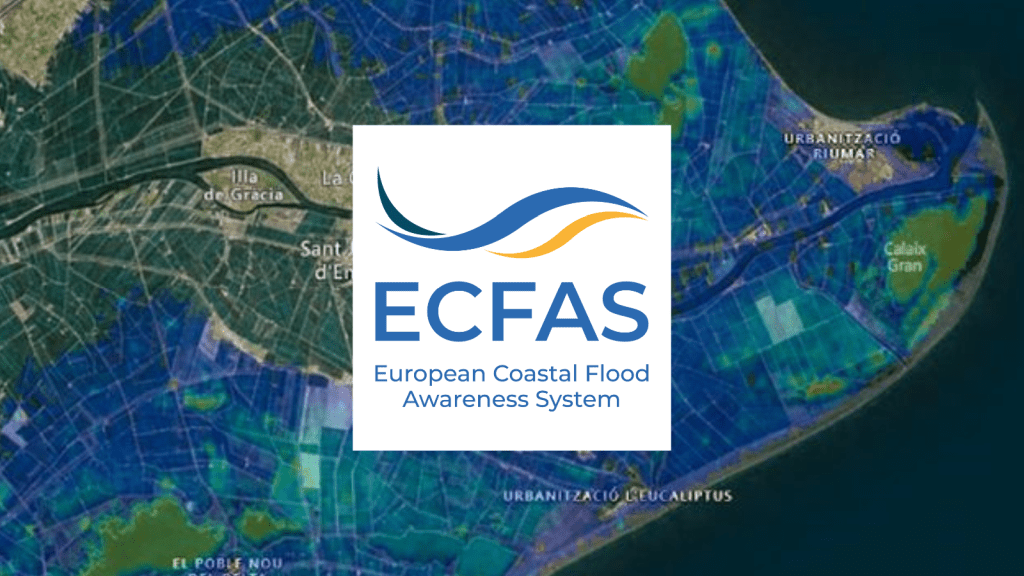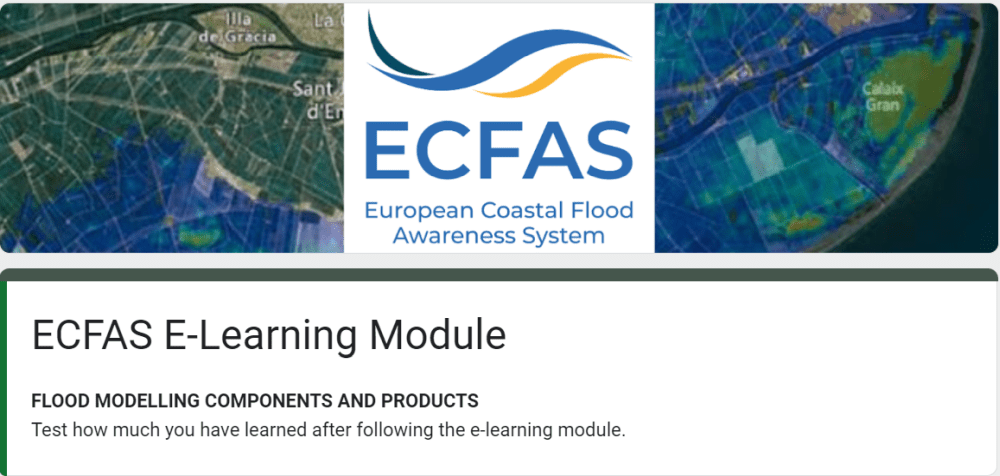The Pan-EU Flood Maps Catalogue gathers flood and velocity maps for the European Union coast as well as their associated forcing parameters. The coast is divided into geographic regions embracing similar oceanographic conditions and subsequently into coastal sectors. The coastal sectors can be identified by its region index RXXX and its own index CSYYY. For each coastal sector, flood models were developed using the LISFLOOD-FP model with a grid resolution of 100 m. The flood model configuration follows the recommendation highlighted in ECFAS Deliverable D5.2 – Validated LISFLOOD-FP model for coastal areas. The flood and velocity maps are associated with synthetic storms that are characterised by a specific extreme water level and storm duration. These parameters were derived from Extreme Value Analyses performed on the ECFAS ANYEU-SSL hindcast (ECFAS D4.1 – Report on the calibration and validation of hindcasts and forecasts of TWL and D4.3 – Report on the identification of local thresholds of TWL for triggering coastal flooding). Five extreme water level values for each coastal point of the hindcast, and three durations (12, 24 and 36 h) were identified leading to 15 scenarios for each coastal sector. The flood and velocity maps are gathered into a NetCDF file for each coastal sector indicating the scenario parameters as attributes. In addition, the extreme water level values used for each coastal sector are contained in a complementary NetCDF file.
This e-module explores the ECFAS mapping products that aimed at demonstrating the added value of the ECFAS products and propose adequate representation for communication and integration into the Copernicus Emergency Management Services. Five Demonstration cases, corresponding each to one recent coastal event and one location, were selected to highlight the ECFAS products resulting from the coastal Flood, Impacts and Shoreline position tools developed previously during the ECFAS activities. The Mapping products prepared for each demonstration case are provided available in cartographic formats (ready-to-print maps), along with the symbology files and geospatial datasets that were used to create the products.
Take the Class
Study a Little
Now that you understand a little about impacts of coastal flooding, you can read a little further via the following resources:
- Vousdoukas, M.I., Voukouvalas, E., Mentaschi, L., Dottori, F., Giardino, A., Bouziotas, D., Bianchi, A., Salamon, P. and Feyen, L., 2016. Developments in large-scale coastal flood hazard mapping. Natural Hazards and Earth System Sciences, 16(8), pp.1841-1853.
- Fernández-Montblanc, T., Vousdoukas, M.I., Mentaschi, L. and Ciavola, P., 2020. A Pan-European high resolution storm surge hindcast. Environment international, 135, p.105367.
- Bates, P.D., Horritt, M.S. and Fewtrell, T.J., 2010. A simple inertial formulation of the shallow water equations for efficient two-dimensional flood inundation modelling. Journal of hydrology, 387(1-2), pp.33-45.
- Souto Ceccon, P., Duo, E., Fernandez-Montblanc, T., Montes, J., Ciavola, P., Armaroli, C., 2022, A New European Coastal Storm Impact Database of Resources: The ECFAS Effort. Proceedings of the 39th IAHR World Congress From Snow to Sea. https://doi.org/10.3850/IAHR-39WC2521711920221117
- Plomaritis, T.A., Costas, S. and Ferreira, Ó., 2018. Use of a Bayesian Network for coastal hazards, impact and disaster risk reduction assessment at a coastal barrier (Ria Formosa, Portugal). Coastal Engineering, 134, pp.134-147.
Test Yourself
For more information on Flood Modelling Components and Products in ECFAS see: https://www.ecfas.eu/public-deliverables/implementation-mapping-products-and-impact-assessment/

